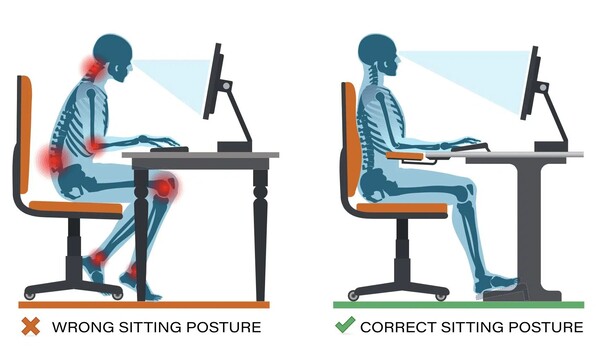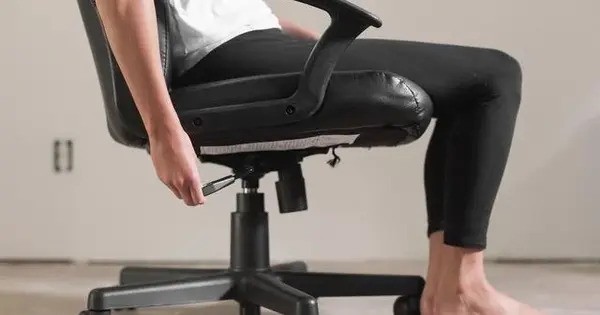A new study from the University of Turku in Finland found that minimizing everyday sitting helped prevent back discomfort from increasing over six months. The findings contribute to a better knowledge of the relationship between exercise and back discomfort, as well as the mechanisms underlying it.
It seems intuitive to believe that limiting sitting would assist with back discomfort, but past research is disappointingly limited. The Turku PET Centre and UKK Institute in Finland conducted a study to see if reducing daily sitting could prevent or treat back pain in overweight or obese persons who spend the bulk of their time sitting. Throughout the six-month research, participants were able to minimize their sitting time by an average of 40 minutes each day.
Our participants were quite normal middle-aged adults, who sat a great deal, exercised little, and had gained some extra weight. These factors not only increase the risk for cardiovascular disease but also for back pain.
Jooa Norha
“Our participants were quite normal middle-aged adults, who sat a great deal, exercised little, and had gained some extra weight. These factors not only increase the risk for cardiovascular disease but also for back pain,” says Doctoral Researcher and Physiotherapist Jooa Norha from the University of Turku in Finland.
Previous results from the same and other research groups have suggested that sitting may be detrimental for back health but the data has been preliminary.
Robust methods for studying the mechanisms behind back pain
The researchers also examined potential mechanisms behind the prevention of back pain.
“However, we did not observe that the changes in back pain were related to changes in the fattiness or glucose metabolism of the back muscles,” Norha says.

Individuals suffering from back pain have excessive fat deposits in their muscles, and impaired glucose metabolism, also known as insulin sensitivity, might predispose to pain. Even if muscle composition or metabolism do not improve, back discomfort can be prevented or eased. To evaluate the back muscles, the researchers used magnetic resonance imaging (MRI) and PET imaging, which uses a radioactive tracer.
“If you have a history of back discomfort or excessive sitting and are concerned about your back health, you can try to find strategies to reduce sitting at work or in your own time. However, Norha emphasizes that physical activity, such as walking or more brisk exercise, is preferable than simply standing.
The researchers wish to remind that switching between postures is more important than only looking for the perfect posture.
















